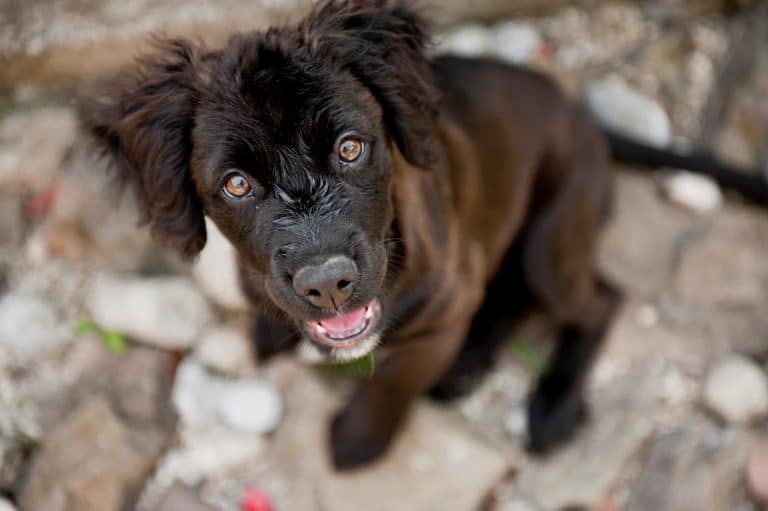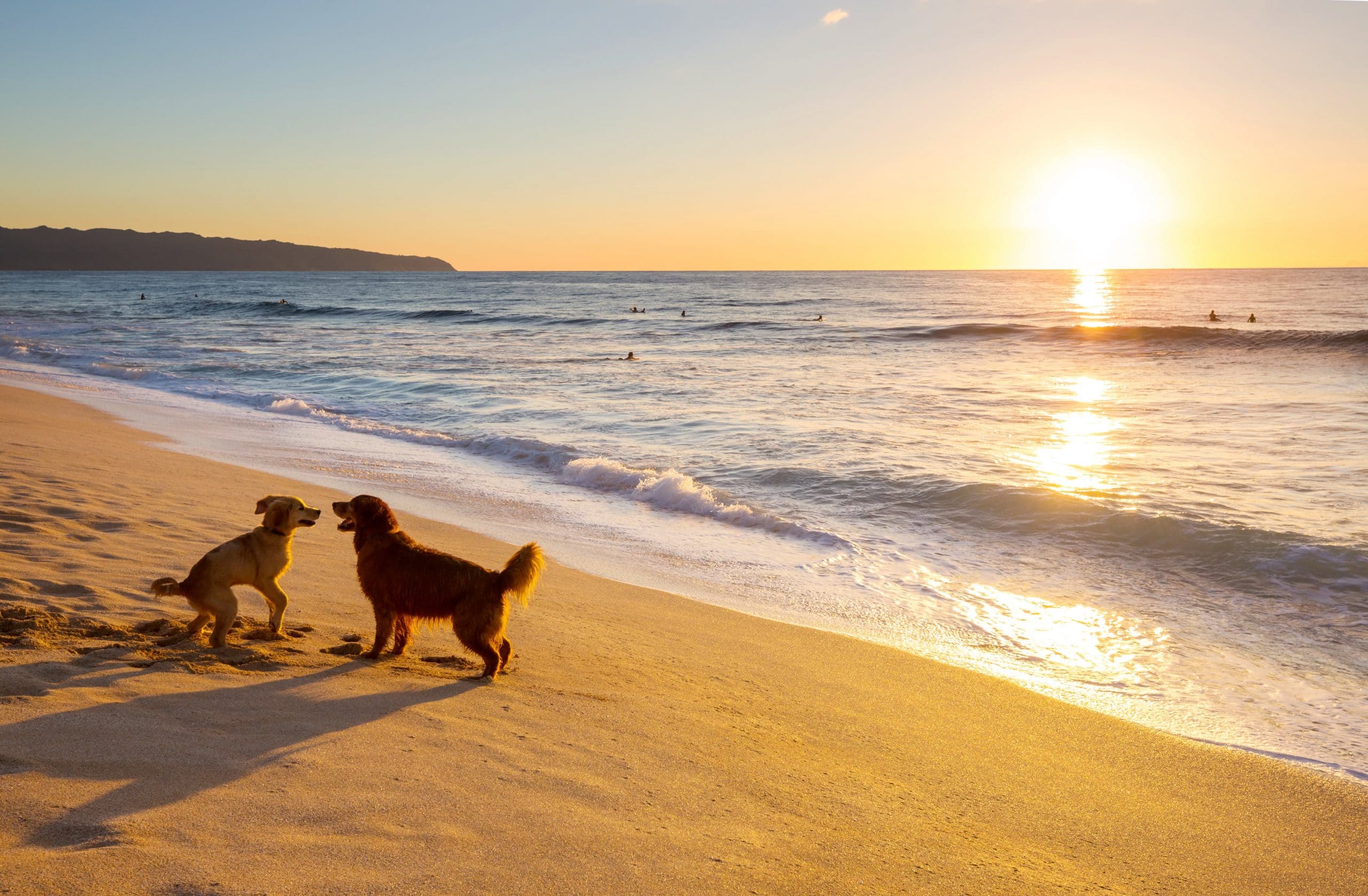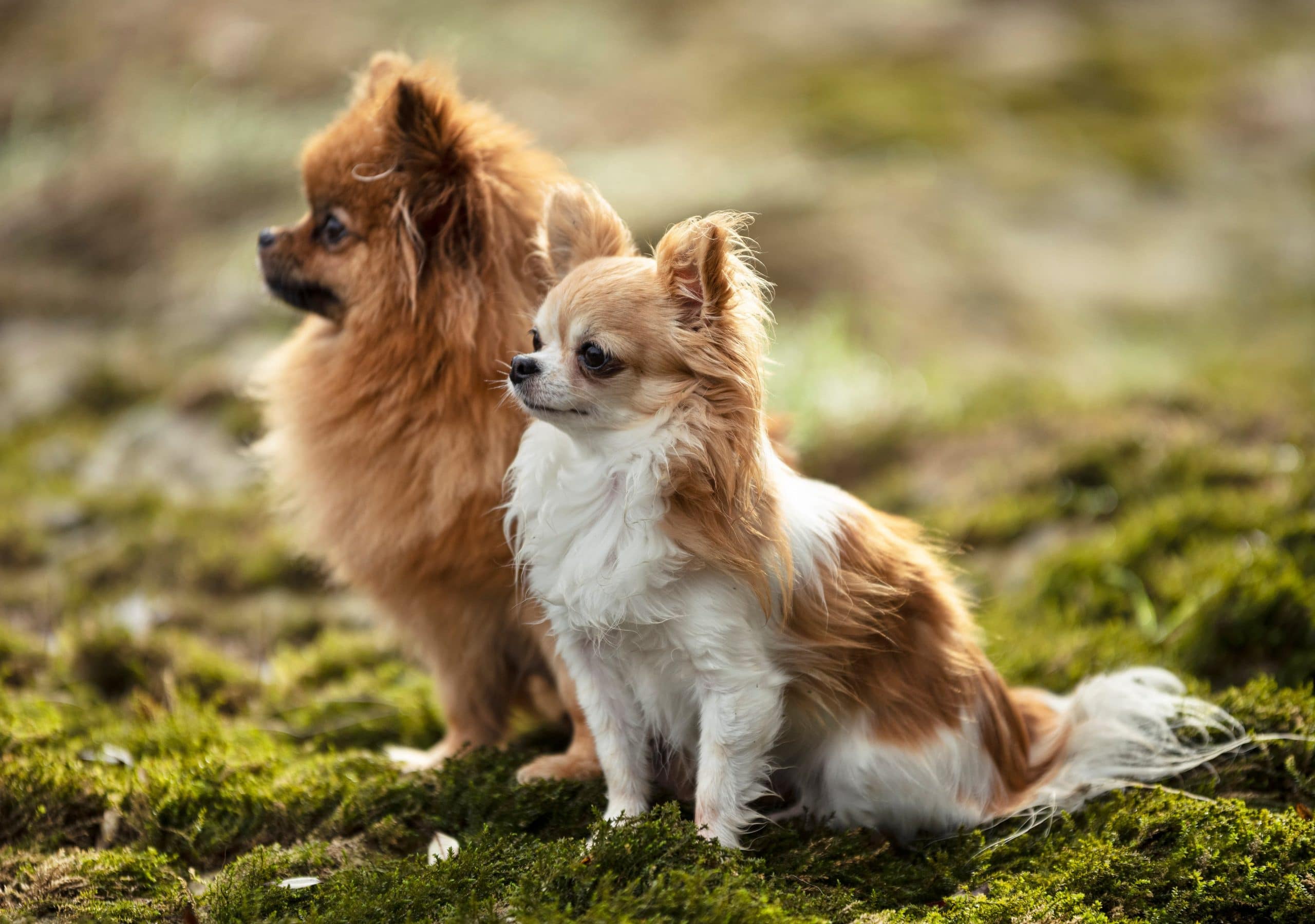
10 Tips on how to Train Agressive Dogs
A new dog is a delightful addition to any home, but sometimes those dogs can end up being aggressive. Aggressive dogs are frightening and it might be tempting to just give the dog up to a humane society rather than try to figure out the root cause(s) of the underlying aggression. But getting to the core of why your dog is acting aggressively is key to helping solve your dog’s aggression and giving you the best friend you deserve.
Keep reading to find ten tricks to help calm your aggressive pup.
1. Know Why Your Dog is Aggressive
Dogs tend to be aggressive because they’re anxious or fearful in their surroundings. Things like size, genetics, and background can influence your dog’s personality when it comes to anxiety and fearfulness or a need to be possessive over food. Smaller dogs can be more aggressive because the fear of larger animals causes them to lash out.
If your dog isn’t usually aggressive, take them to the vet. Dogs can act aggressively when they’re in pain or sick, and it’s important to have your pup checked out if they aren’t acting like their usual selves.
2. Don't Punish Aggression with Aggression
This piece of advice makes sense in theory but can be difficult to implement.
Punishing a dog for acting aggressively will just make them double down on their behaviors. They’ll feel justified in their aggression because they’ll have something to be aggressive against – you. In addition, if they’re acting out because they want attention, they’ll have just received the exact thing they were looking for by being aggressive.
3. Reward Good Behavior, Redirect Bad Behavior
On the same coin, let your dog know if they’re acting in a way that you want. Giving your dog a treat, a head scratch, or a verbal confirmation of “who’s the best dog” lets them know that whatever they’re doing is a good thing.
If your dog is being aggressive, do your best not to snap at them. Instead, redirect your dog’s attention. Throw a toy for them to focus on, or remove them from the environment so that they can calm down in a quiet room or their crate. Once your dog is calmer, they can come back out to play.

4. Crate Your Dog During Meal Times
Dogs are often aggressive as a form of fear or possessiveness, especially over their food.
Putting them in their crate during breakfast or dinner lets them know that they are safe and in a place where no one else can touch their food. It also lets your dog know that they can start to think of their crate as a safe space where there’s food and they can lay down and rest.
5. Leash Training - Even in the House
Keeping your dog on a leash even in the house helps him learn where he is and isn’t allowed to be. This is especially helpful if you’ve recently adopted a new dog who struggles with aggression and is trying to learn the rules.
If you don’t want your dog on the furniture, use a leash to guide him off of the furniture and over to an area where he is allowed to hang out. Once he settles in that spot, give him a treat for doing such a good job.
6. Steer Clear of Avoidable Situations
If you know that your dog is leash aggressive to other dogs, cross the street if you encounter another dog on a walk. If you know that your dog gets riled up when he hears the doorbell, put up a sign asking visitors to knock or text you to let you know they are there; until your dog adjusts to the sound.
Keeping your dog out of situations where they are likely to fail will help your dog feel secure and confident in themselves which will help curb aggression.

7. Be Vigilant in Unavoidable Situations
If you find yourself and your dog in a situation that you can’t easily avoid, keep an extra close eye on your dog’s behavior. If you notice tension rising or your dog’s tail dropping down, intervene right away.
Things like too many people or children can make dogs nervous, so don’t be afraid to jump in and remove your dog if they start to get overwhelmed.
8. Slowly Introduce Your Dog to New Stimuli
Dogs that fear sounds or certain environments can become used to them if they encounter them repeatedly.
If your dog fears the doorbell but trusts you, have someone hold your dog’s leash inside the house and then ring the doorbell while the door’s open. If you’re home alone, take your dog outside with you and let them watch you ring the doorbell so that they can learn that the door noise isn’t a scary situation.
9. Consider Muzzling Your Dog on Walks
Sometimes dogs are totally calm in every situation aside from walks. Leash aggression is a real thing and can usually be attributed to territorialism. Muzzling your dog is a humane way to keep your dog from snapping at other dogs while you take them on walks.
Sometimes dogs will calm down and become less leash aggressive over time, but sometimes that’s not the case. Implementing a muzzle into your daily walking routine helps you stay extra safe, just in case.
10. Medicate Your Aggressive Dogs
Often, dogs are aggressive as a result of extreme anxiety. While your vet can prescribe dog doses of anti-anxiety medication, CBD Oil can help curb your dog’s aggression naturally.
CBD oil tinctures are safe enough to use every day or included in treats, and will help your dog relax and calm down without getting them high. To double down on helping your aggressive dog, you can use CBD oil tinctures in treats as a way to reward your pup’s good behavior.
There is a Solution
Having an aggressive dog can feel hopeless and the idea of rehoming an aggressive dog is a heartbreaking scenario. Before you take your dog to a humane society, try working with your dog to develop trust and confidence in themselves.
Like people, dogs can also suffer from low self-esteem and act out as a result. Training techniques and CBD oil tinctures can help even aggressive dogs become the successful sweetheart they always were inside.




